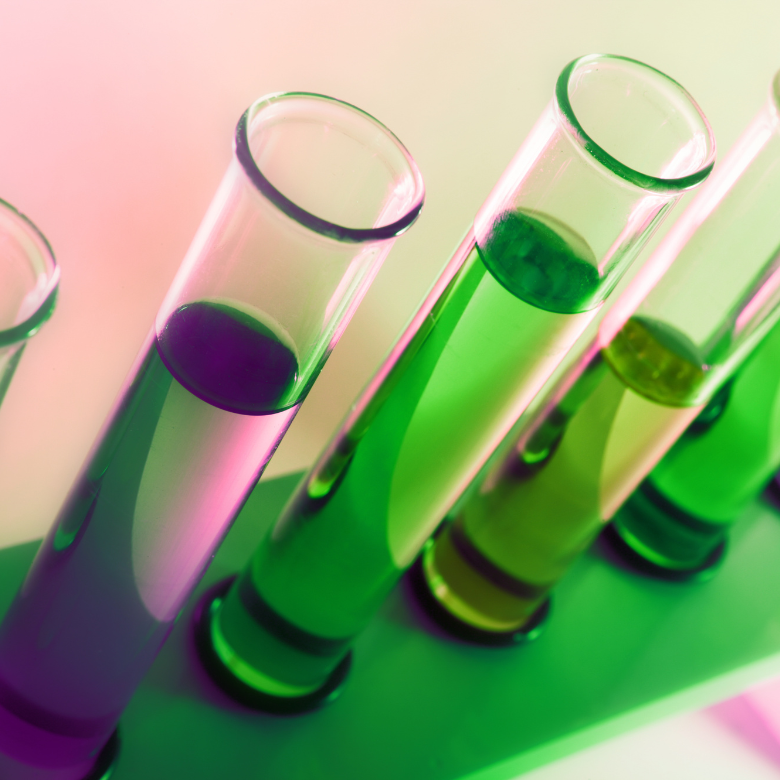They are mainly in the form of polyurethane foams obtained through the reaction of multifunctional isocyanates with polyols, including polyether polyols and many excipients. Because of this diversity, the possibilities of their synthesis are virtually endless.

What is polyurethane?
Polyurethanes, described with the abbreviation PUR or PU, are polymers that are formed through the addition polymerisation reaction of polyols with multifunctional isocyanates. This process is also accompanied by compounds and reaction catalysts, for example in the form of iron, zinc or bismuth salts, but also additives in the form of stabilisers or raising agents. Their structure is distinguished by the presence of the urethane group [-O-CO-NH-] in the main chain.
These compounds were obtained in 1937 as a result of the scientific work of Bayer, a German chemist, with his research team, and they have gained enormous popularity in industry, particularly over the last twenty years. Polyurethanes belong to the group of plastics but they are distinguished by characteristic features that allow for a wide range of applications. Compared to polyamides, they are more fusible, which results in easier processing. However, it also has a lower mechanical resistance. These properties mean that it is often used to produce spandex fibres (e.g. Lycra, elastane). Depending on the choice of basic raw materials and additives in the manufacture of polyurethane, it can take the form of a foam in various states or a solid. This also affects the final form of the products in which we can find polyurethanes, e.g. as polyurethane foams, resins, fibres, adhesives, various coatings or urethane elastomers.
The manufacturing process of polyurethane results in a material with a relatively low weight, which makes it easier to process, and the subsequent processing and adjustment to the end use does not require large expenditures. With the right additives, polyurethane can also be characterised by a high level of hardness and resistance to damage.
Polyurethane in everyday life – applications
Due to the wide array of their properties, polyurethanes have become known as a unique group of polymers, which are used in such areas of life and economy, as transport, construction, furniture industry and mining. Today, few can realize that polyurethanes are widely used in everyday life, among others, in homes, cars, sports equipment or even clothing. In addition to polyurethane coatings, moulded upholstery profiles, rigid bumper foams and interior components, such as dashboards or headlining, are used in the automotive industry. Polyurethanes are present in seats in airports, airplanes, trains, buses or bicycles. In addition, products, such as different coloured bath or dishwashing sponges, window and door sealing foams, are also made of polyurethane. In construction, polyurethane blocks, sandwich panels, one-component foams or spray insulation are widespread. Polyurethane adhesives that are used in mining, quarrying industry and tunnel construction are more and more widely used. Elastic polyurethane foam is used in the furniture industry as upholstery foam and in the production of mattresses, viscoelastic pillows (viscoelastic foam, memory foam) and in the shoe industry and textile. Healthcare also benefits from polyurethane-based solutions (e.g. artificial organs). Components of operating tables and wheelchairs are made of antistatic polyurethane integral foams.
Of these applications, popular PUR foams deserve special attention. They are known in particular as versatile thermal insulation materials which can be used to insulate all sorts of surfaces. Among the wide range of products available on the market, we can distinguish between open-cell and closed-cell polyurethane foams. This division is due to differences in properties that affect the subsequent use of these materials. When choosing the right one, we should take into account the surface to be insulated, its condition and the possibility of dampness. We can also be guided by the parameters of adhesion, speed of application and space saving compared to the use of other materials. We should also remember to choose the right insulation technology. One system that has gained in popularity in recent years is sprayable membrane, among others. It is worth opting for polyurethane foams as they are the most effective heat insulator among other systems available on the market.
It is becoming increasingly clear that polyurethanes have the potential to become a key raw material for many industries due to their unique properties and growing use. They are already often a good alternative to metals, rubber, ceramics, wood or concrete. Its unique forms such as the popularly used foam should also not be overlooked.
The advantages of polyurethanes
Polyurethane products are characterized, among others, by good elasticity (even at high hardness); unique abrasion resistance and tear strength, as well as resistance to grease, oil or ultraviolet (UV) radiation. An additional advantage of polyurethane materials is their relatively easy industrial processing, while maintaining high productivity. At the same time, finished PUR products do not get destroyed in heavy use. Thus they are increasingly used as a substitute of rubber, wood, metal or ceramics. This is advantageous in a significant reduction of the total weight of the finished products.
Main products
To meet customer expectations, the PCC Group offers a range of specialized products for the manufacture of polyurethane systems. The rich portfolio includes polyether polyols (diols, triols), sugar polyols, Mannich polyols, sorbitol polyols, polymer polyols, as well as numerous additives, such as crosslinkers, emulsifiers, and flame retardants. The latter effectively reduce the flammability of polyurethane foams and make it possible to get the optimal balance between a flammability reduction and mechanical properties. An important part of the PCC product range are finished one- and two-component polyurethane systems for the manufacture of the aforementioned types of foams, adhesives or sealants. Also, systems designed for the production of semi-rigid and rigid polyurethane foams are an important part of our product range. They are widely used as thermal insulation, acoustic insulation (PUR, PIR insulation), systems used in areas related to the CASE (coatings, adhesives, sealants and elastomers) applications and systems for the production of moulded elastic and integral moulded polyurethane profiles.


